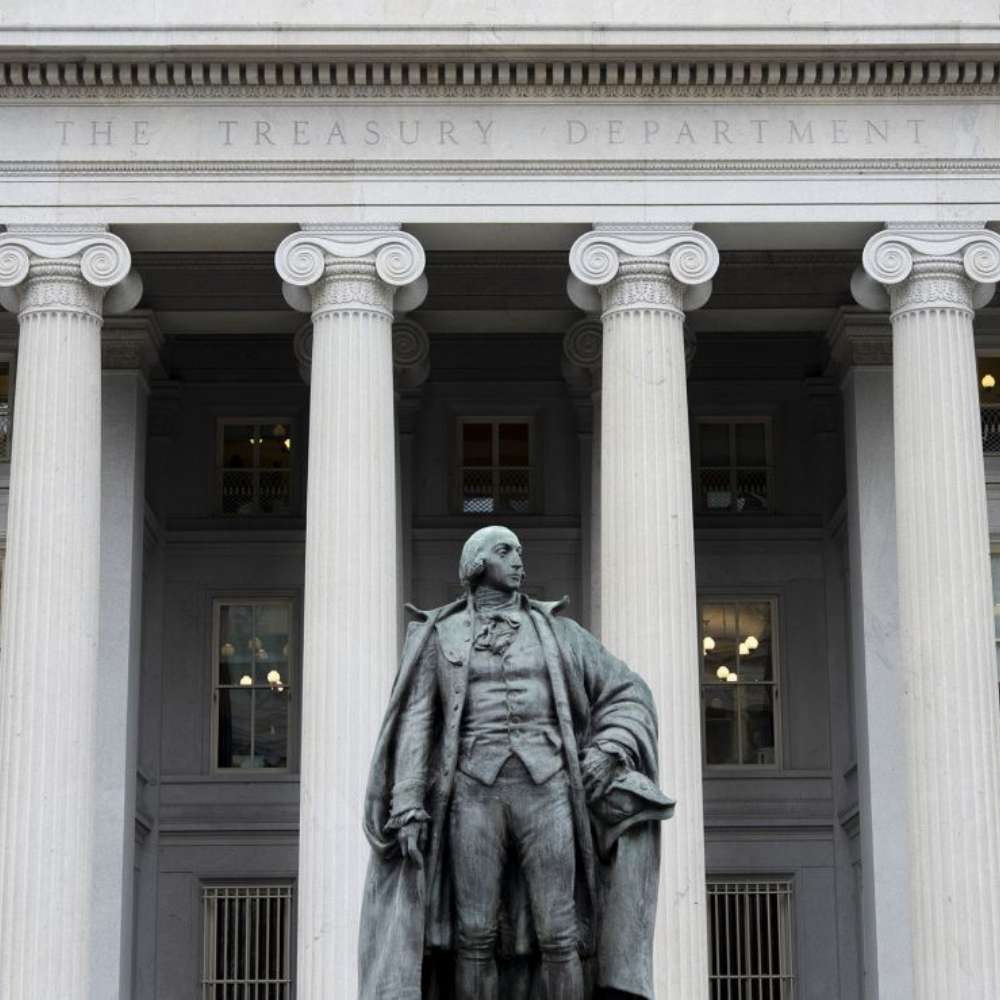A highly anticipated US 30-year Treasury bond auction, totaling $22 billion, brought a sense of relief to markets on Thursday, easing investor concerns over potential weakening demand for long-dated government debt. After weeks of anxiety tied to rising US budget deficits and economic uncertainty, the sale drew better-than-expected interest, producing a yield of 4.844%, slightly below the market rate at the time of the auction.
This robust demand indicated renewed confidence from investors, prompting a rally in long-term bonds and pushing the yield down nearly 8 basis points by late afternoon in New York. The auction also saw a minimal allocation to primary dealers, who received just 11.4% of the offering, the lowest level since last November, suggesting strong buying interest from non-dealer participants.
“This was a solid auction and a sign of relief for markets,” noted Jack McIntyre of Brandywine Global Investment Management. The auction followed a similarly strong 10-year Treasury sale earlier in the week and marked a contrast to May’s disappointing 20-year bond offering, which had sparked a sharp selloff and lifted long-bond yields to 5.15%, near 20-year highs.
Economic Data and Inflation Outlook Support the Rally
The positive outcome of Thursday’s US 30-year Treasury bond auction comes amid signs of softening inflation and rising jobless claims, which helped fuel bond market optimism in the days leading up to the sale. Despite persistent concerns over government spending and long-term debt, recent data appears to have temporarily shifted investor focus away from fiscal risks and toward safer assets.
John Canavan, an analyst, believes that recent inflation data offers short-term support for bonds, but warns that new tariffs and trade tensions could reignite inflation pressures later in the year. “The support may be temporary,” he said, adding that he’s still skeptical the 5% yield ceiling for 30-year bonds will hold over time.
Meanwhile, Bloomberg strategist Alyce Andres pointed to strong participation from end users, who took 88.6% of the 30-year auction, as a key sign that concerns of a buyer pullback may be overstated, at least for now.
Deficit Fears Still Loom Over Long-Term Bond Market
Despite the positive market reaction, longer-term concerns about US fiscal policy remain at the forefront. The recent bond strength comes against a backdrop of escalating government deficits, driven in part by the president’s tax legislation and rising spending commitments. Though partially offset by tariff revenues, many analysts warn that the long end of the yield curve remains vulnerable.
“The market is still watching fiscal and trade policies closely,” said Gennadiy Goldberg of TD Securities. “If economic data weakens, investor focus could shift rapidly to safety, pushing yields even lower, but for now, deficits and elevated term premiums are keeping the curve steep.”
Recent weak bond auctions in Japan, South Korea, and Australia also signal that global investors are growing cautious about rising sovereign debt levels worldwide. While Thursday’s US 30-year Treasury bond auction outcome was encouraging, it underscores a broader market balancing act between short-term optimism and long-term structural risks.
Visit Mr. Business Magazine to read more.







